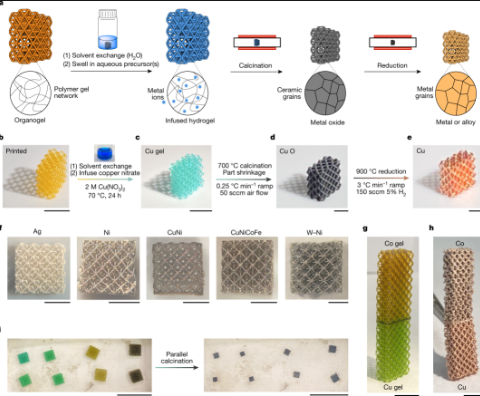
Additive Manufacturing (AM), commonly known as 3D printing, has revolutionized production across industries by enabling the creation of intricate designs layer by layer. One of its key facets lies in the vast array of materials it employs, ranging from polymers to metals, each offering distinct advantages and applications.
Polymers constitute a significant portion of AM materials. Their versatility, cost-effectiveness, and diverse properties make them ideal for prototyping, product development, and even end-use parts in sectors like automotive, healthcare, and consumer goods. From PLA for general prototyping to specialized materials like ABS for durability or flexible TPU for elasticity, polymer-based AM caters to a broad spectrum of needs.
On the other end of the spectrum, metal additive manufacturing presents groundbreaking possibilities. With materials such as titanium, stainless steel, aluminum, and nickel alloys, AM can produce parts with unparalleled strength, heat resistance, and corrosion properties. These metal-based components find applications in aerospace, medical implants, and high-performance engineering.
The choice between polymers and metals often depends on specific project requirements. Polymers excel in rapid prototyping, intricate designs, and cost-efficient production of functional parts. Meanwhile, metals offer exceptional mechanical properties, making them suitable for high-stress applications demanding robustness and precision.
Moreover, ongoing advancements in AM materials continue to broaden horizons. Composite materials blending polymers with reinforcing elements enhance strength and functionality, while innovative metal alloys push the boundaries of what's achievable in terms of durability and performance.
As additive manufacturing evolves, the materials landscape expands, offering a spectrum of choices catering to diverse industry needs. Whether it's pushing the limits of design with polymers or achieving exceptional strength and resilience with metals, the exploration of materials in additive manufacturing continues to redefine what's possible in the realm of production and innovation.

Comments